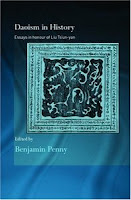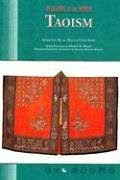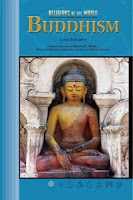
Myths contain strong influences from Chinese folk religion, Confucianism, Taoism, and Buddhism. Chinese folk religion, the oldest of the four, pays homage to ancestors who watch from afar and guide the lives of those still living on earth.
* In the fifth century B.C., the philosopher Confucius introduced his ideas, which stressed fulfilling obligations and maintaining proper conduct. Although Confucianism is not a religion, its influence is deeply ingrained in Chinese ideas about behavior and government.
* Between 600–300 B.C. Taoism emerged. At first, it was a philosophy that encouraged people to seek harmony with the Tao, or the Way, a nature force. Later, it evolved into a religious system involving many gods, goddesses, spirits, ghosts, demons, magical powers, and the quest for immortality.
* In A.D. 67 Buddhism was introduced to China from India. It contributed two powerful religious and mythical figures: the Buddha, a real, historical person who later became a divinity, and Kuan Yin, the goddess of mercy. It also introduced the concept of reincarnation, the idea that a person may be reborn into another life.
Irene Dea Collier, Chinese Mythology
Enslow Publishers | ISBN 0766014126 | 2001 | PDF | 2.7 MB | 129 pages
http://rapidshare.com/files/49906105/014126.rar/http://w14.easy-share.com/3563271.html/

















































